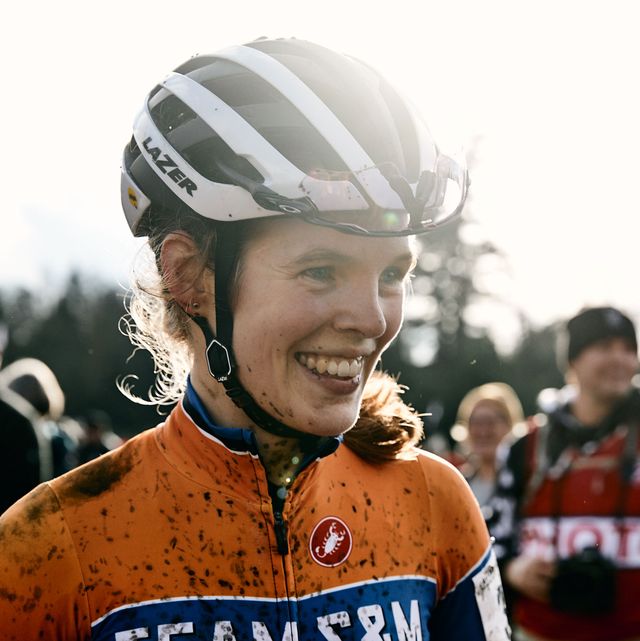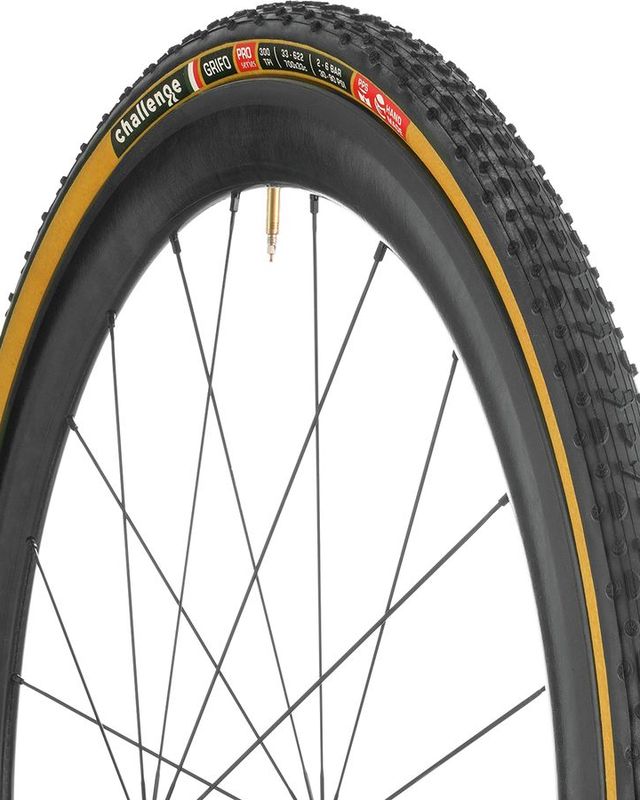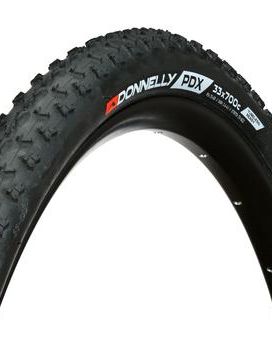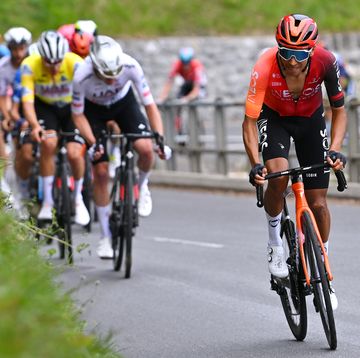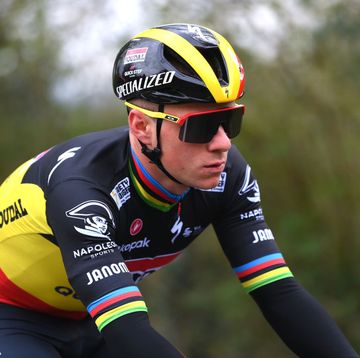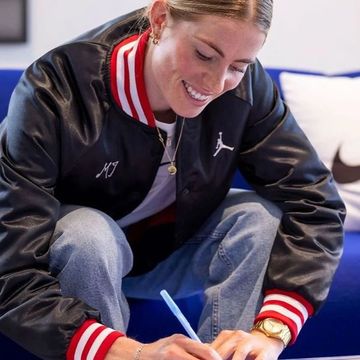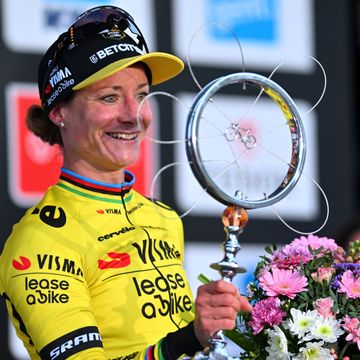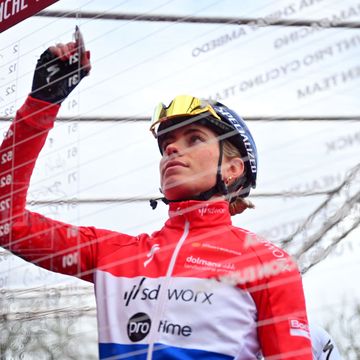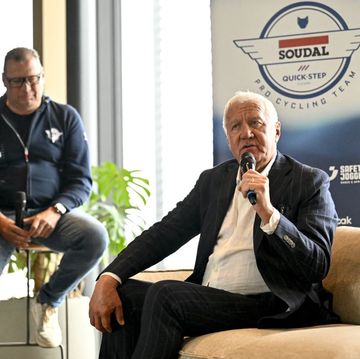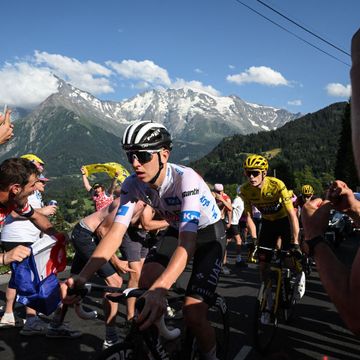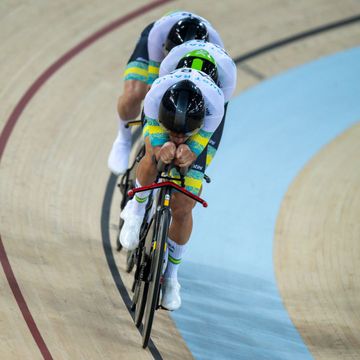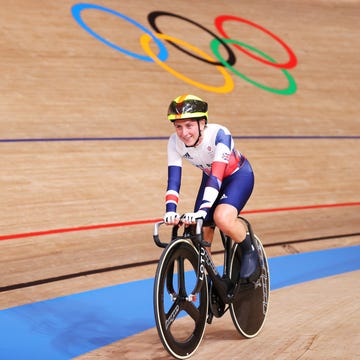Last weekend, 22-year-old Clara Honsinger did what no woman has done in 15 years: She beat Katie Compton at U.S. Cyclocross National Championships. But as she waited at the Denver Airport on Wednesday, she told Bicycling that she still considers Compton the “world’s greatest cyclocross racer,” and seems as thrilled with passing her final exams for the semester—she’s working toward a degree in nutrition—as she was about winning the race.
Before the Oregon native headed to Belgium for the next round of cyclocross World Cups, including the ultra-technical course at Namur this weekend, she talked about how it feels to wear the stars and stripes, how she got into cyclocross, and what’s next.
Bicycling: How are you feeling now that it’s been a couple of days since the win?
Clara Honsinger: Good—but it’s been so busy that I don’t think it’s sunk in. I had not quite 24 hours at home since then. Maybe 16 hours, actually, and that was mainly just packing and sleeping. It’s been constant motion as we’re heading to Belgium today for the next round of World Cups.
At the World Cups, do you think it will feel different on the start line wearing the national champion stars and stripes?
Definitely. But I think a lot of the weirdness will be seeing Katie Compton not wearing the kit that she’s been wearing for the last 15 years. But I honestly don’t know how it’ll play out, that’s a good question. I don’t know if it’ll be something the other racers will really acknowledge.
For the women, Katie Compton has been dominant for 15 years, so at the start line, are you feeling more pressure to beat her, or are you less stressed because if Compton wins again, that’s just sort of business as usual?
Whenever people list who are the hot names in cyclocross, it’s always going to be Katie Compton as well as everyone else on the front row. But there is that feeling, ‘Well, if Katie wins again, of course, she’s the best bike racer in the world. That’s usual.’
How did it feel when you first passed her during the race?
We actually had a funny interaction within the race early on. For some reason I just wanted to make it to this run-up in front, and it was Becca Fahringer, Katie, and myself. We had just come out of the sand and were going at a pretty reasonable pace, but I had this desire for some reason to get ahead. I tried to come up on the outside of a corner and put my bars in front of her, and she just kind of, like a cyclocrosser does, showed me that it was her line.
Our bars locked for a moment but we untangled and hit the run-up together. It was interesting, it was this mental thing, me wanting to be first, me wanting to show Katie that I was here to race. Even though she is the best bike racer in the world, I wanted to challenge her the best I could. But she was like, ‘This isn’t the spot to do it.’ So I had to wait to make my move. Having watched her riding, she’s never gone until the end of the race—she can always come back. A couple years ago at Zolder World Cup, she had an early mistake and was 20 seconds back and then just blew through the field. So I was never sure that she wasn’t going to come back.
You also haven’t had much opportunity to race head-to-head with her, or Kaitie Keough, since they both raced in Europe. How was that on the start line?
It was different! I knew how the other racers who’ve raced mostly in North America and I can race together, and what our comparative levels were, but the Katies added an unknown. I had no idea. When you watch a European cyclocross race, you’re always wondering where you’d be in that field, and for the Katies, you can see them up at the top of those fields every weekend. But then again, they had to travel all the way back here. So they might have the benefit of European racing and tougher fields there, they also had potentially detrimental travel fatigue.
You opted to race more domestically this year: What led to that decision?
Actually, it was mainly because I was in school. The week leading up to nationals, I was taking finals! In some ways it helped, I didn’t have a lot of time to worry about nationals. I had taken my exams at Oregon State University before the race, and then got the results back on Monday morning. I was like, ‘Oh shit, I did better than I thought!’ The biggest change as far as how I feel after Sunday is I’m just really happy, and I’m not sure if it’s because this series of good things has happened or because this really great thing happened and it’s making everything shine that much more.
Going way back—how did you get into cycling?
I started riding bikes pretty young, I was probably 5 years old. But that was just playing with bikes. I didn’t get into racing until I was 16 in high school, and that’s when I started getting serious about it. I always liked bicycles, they’re so practical: You can explore the town, you can explore the woods, it’s just a useful tool to get out and be independent and have fun.
Being from Oregon, was cyclocross your first racing experience?
Cyclocross was where I started, because it was so accessible and easy. If you’re new, all you need is a mountain bike or hybrid bike, just something to push around a course. I did a Cross Crusade race and it was so much fun—even in the beginner field, there was a competitive edge. No matter where you are in the pack, you can still try to beat the person in front of you. Being able to combine my competitive drive with how much I loved bicycles was so much fun.
You’re on the all-women pro cyclocross Team S&M out of Portland—I have to ask, do you ever feel silly about the name?
Yes! The Portland community is all about irony and goofing off, so part of me loves that my jersey has S&M on it. The name comes from the neighborhood that the sponsor shop Sellwood Cycles is in: Sellwood-Moreland. I love how we’re still goofing off even in the top tier of racing. But then also, I admit, when I’m trying to explain to a professor why I’m missing class and make things seem as professional as possible… That’s a challenge. It’s a joke but it’s very, very, very serious.
With school, did you ever take a break to focus on racing?
I took two years off when I first started UCI racing. I was at another university that was smaller and I didn’t feel like I fit in super well. I came back as the team, which was run by Erik Tonkin, was resurrecting their enthusiasm for UCI racing. Erik offered me the chance to travel and race my bike, as well as the flexibility to work at the bike shop while I was racing. There aren’t many jobs in the service industry that you can do while you’re gone for racing.
So during the week, I’d work at the bike shop, and then race on the weekend. I loved working at the shop! The reason I’m back in school, the reason I worked at the shop, is because I can’t just be a bike racer. I need something to help balance me. The proportions have changed over the years, and now bike racer is my number one priority, but I need other things to fill in the space and make me feel more developed, and give me something to stand on for my future after bike racing.
The announcer asked you if it was a “changing of the guard” in your postrace interview, and you explained how you saw your win as a progression, not a change. Had you planned or thought about what you would say or was that completely off the cuff?
Definitely hadn’t planned it! But it’s just a mentality that I have: It’s super important to remain humble about racing, to respect everyone who’s out there with you, riders, mechanics, sponsors, fans. Bike racing isn’t solving world hunger, it’s a privilege that we get to race our bikes and I try to carry that with me. I love it and I’m going to use the privilege, but I know how special it is that I’m able to do it. And fundamentally, I have so much respect for Katie Compton. What would American cyclocross be without her? I’m sure it would still be vibrant in some way, but she paved the way for so many of us.
A lot of racers spend most of their career working toward a national championship. What’s your next big goal?
It is a little hard—I’ve done this in the season, so there’s a bit of ‘I’ve done this, what the hell do I do now?’ But in reality, it’s the same path I had planned before nationals. We’re going to go to Europe, I’ll just be in a different jersey and it feels like there are higher expectations for my performance. I want to demonstrate that whoever has the nationals jersey, whether it’s me, Katie, or someone else, that American cyclocrossers are just as strong as the European racers. So I’m aiming for good results over there between now and worlds.
